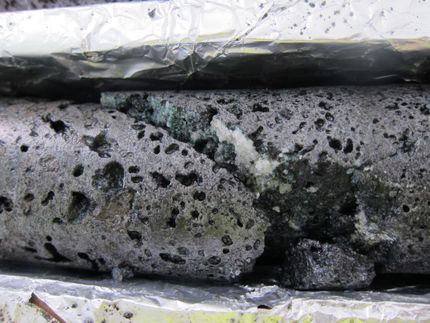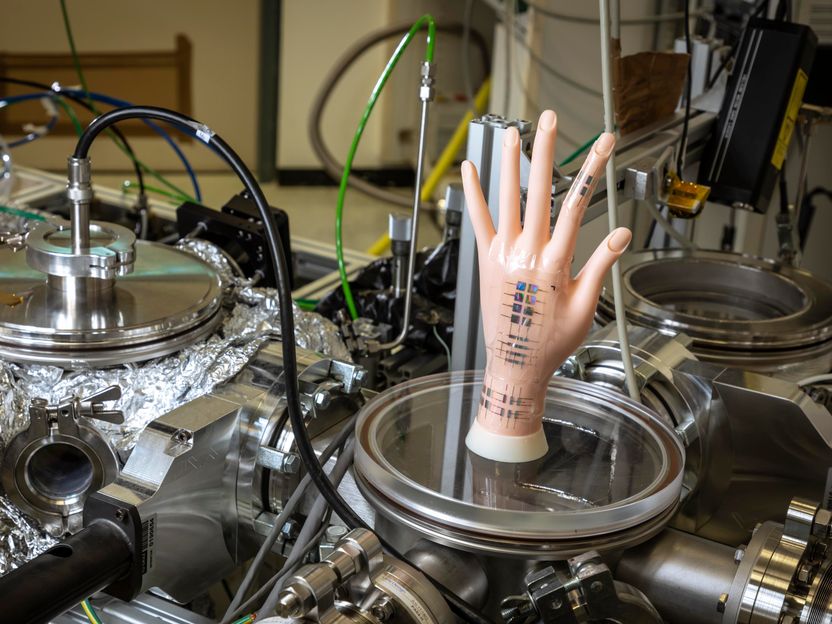The rise of carbon dioxide as a renewable carbon feedstock
More than 1.3 million tonnes capacity for CO2-based products already exist and are expected to at least quadruple by 2030
New report on the use of CO2 for chemicals, advanced fuels, polymers, proteins and minerals by nova-Institute – A deep and comprehensive insight into the evolving technologies, trends and the dynamically growing market of CO2 transformation and utilisation.

Symbolic image
Computer-generated image
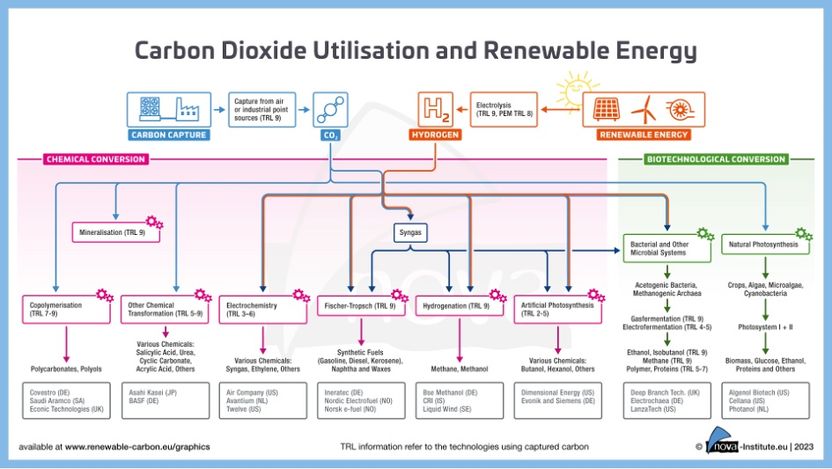
Graphic Carbon Dioxide Utilisation and Renewable Energy
nova-Institut GmbH
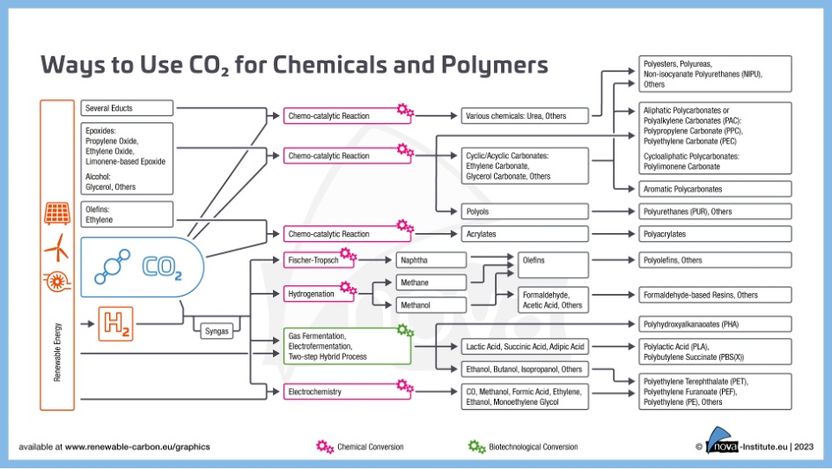
Graphic Ways to Use CO₂ for Chemicals and Polymers
nova-Institut GmbH

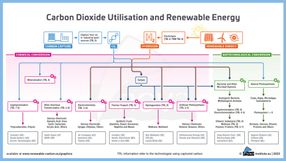

For the first time, the Intergovernmental Panel on Climate Change, in its 6th Assessment Report released in 2022 (IPCC 2022), recognises Carbon Capture and Utilisation (CCU) as one of the solutions to mitigate climate change. Several future scenarios for a net-zero chemical industry in 2050 show that between 10 and 30% of the demand for embedded carbon will come from the utilisation of CO2 (Kähler et al. 2023).
The potential of CCU has also been recognised by several global brands which are already expanding their feedstock portfolio. Cooperation along the value chain is key to ensuring that costs and benefits are properly balanced. In Europe, investments and prospects for CO2 utilisation are largely undermined by a lack of political support. In contrast, we see supportive policies in China as well as in the US with the Inflation Reduction Act. The US supports use of CO2 for fuels and chemicals from air capture and also from point sources, including commercial plants (de la Garza 2022). Such smart policies are needed to bridge the gap between now and 2050 for companies to remain competitive in the sustainable transformation.
Fortunately, academia and industry have not waited to intensively develop and implement CCU technologies. Several successfully implemented technologies are now in commercial use, and many more are at the laboratory and pilot stage. Currently, CO2 and other C1-rich gases like carbon monoxide (CO) are captured from fossil and biogenic point sources, but also Direct Air Capture (DAC) projects are also multiplying. From there, CO2 can be converted via chemical, biotechnological and electrochemical pathways into chemicals, advanced fuels, polymers, proteins or minerals.
Conventional chemical conversion of CO2 has been used commercially for decades to produce chemicals such as salicylic acid, urea, ethylene and propylene carbonate. CO2 can also be used directly in applications like enhanced oil recovery, fire extinguishers or as plant growth accelerator in greenhouses. Novel chemical pathways focus on CO2 transformation, the most promising at present being the hydrogenation of CO2 to methane or methanol. The former can be fed into the natural gas grid and contribute to the strategy of reducing the dependence on natural gas suppliers, while the latter can be easily and highly efficiently used as a fuel for the transport sector or as a chemical building block.
There is also considerable interest in the Fischer-Tropsch technology for the production of synthetic fuels and chemicals. This is a century-old technology mainly used for coal gasification and utilisation. Combined with CO2-based syngas, it can produce sustainable CO2-based hydrocarbons such as kerosene, diesel and naphtha as well as waxes. There is strong activity in CO2-based kerosene, the main Sustainable Aviation Fuel (SAF). There are also CO2-based polycarbonates, polyurethanes (PU) and polyethylene (PE) available on the market. Finally, CO2 can also be mineralised into a carbonate for construction materials: these technologies on the market use the carbonation process to produce substitute products for the cement industry.
The most notable CO2-based biotechnological conversion pathways produce methane and ethanol. The latter is produced on a commercial scale and is used as a fuel application and in the chemical (e.g. for ethylene glycol) and the polymer (polyethylene) industry. Additionally, biodegradable polymers called polyhydroxyalkanoates (PHA) can be produced via gas fermentation and are commercially available, and several other pilot plants are in operation for the production of chemicals and proteins via gas fermentation. The most advanced electrochemical pathways allow for the conversion of CO2 into CO (or syngas), methanol, formic acid or ethylene. Many pilot plants are running and CO (or syngas) production via this pathway will soon be implemented in a commercial plant, combined with Fischer-Tropsch technology for the production of a wide range of hydrocarbons.
A current total production capacity of novel CO2-based products of about 1.3Mt/a in 2022 is observed. The production capacity in 2022 is dominated by the production of CO2-based aromatic polycarbonates, ethanol from captured CO/CO2, aliphatic polycarbonate and methanol. By 2030, the capacity outlook for CO2-based products is expected to exceed 6 Mt/a of CO2-based products. High dynamic growth is observed for methanol projects, methane plants, ethanol and hydrocarbons – the latter especially for the aviation sector.
CCU-based products have lower greenhouse gas (GHG) emissions than comparable fossil-based products – if the entire energy used to capture and convert CO2 comes from renewable sources and green hydrogen. Already today, many technologies can achieve high GHG emission reduction up to 90% when compared with fossil-based technologies.

